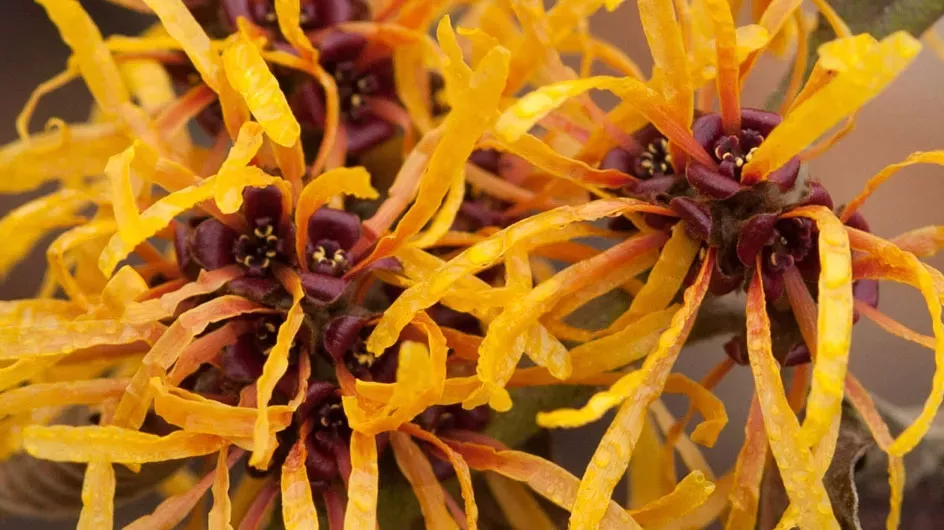KS2 In search of a home trail
Pupils look for animal homes in trees and bushes, under log piles and in leaf litter around Wakehurst.

Level
Duration
Allocated space
Pupils explore the gardens on a trail to discover some of the places animals live. Each trail stop focuses on a particular habitat for pupils to discuss and considers the importance of plants for wildlife.
Learning outcomes
We design our sessions to match the learning outcomes in the national curriculum. All our sessions have a cross-curricular approach and are tailored to suit the educational needs of your group. We aim to give pupils opportunities to work scientifically in areas that are difficult or impossible to create in the school environment.
This session offers pupils the opportunity to:
- Observe micro habitats closely
- Use observations and knowledge to suggest questions and answers
- Consider changes in the environment and the impact this can have on wildlife
- Consider the importance of plant biodiversity
- Name some common British creatures and describe their habitats
- Understand that all creatures (including humans) need a home that provides shelter, food, space and protection from predators.
Curriculum links
This KS2 visit supports and enhances the Science curriculum offered in schools.
Lower KS2
Year 3 – Animals including humans
- Identify that animals, including humans, need the right types and amount of nutrition, and that they cannot make their own food; they get nutrition from what they eat
Year 4 – Living things and their habitats
- Recognise that living things can be grouped in a variety of ways
- Explore and use classification keys to help group, identify and name a variety of living things in their local and wider environment
- Recognise that environments can change and that this can sometimes pose dangers to living things
Year 4 – Animals including humans
-
Construct and interpret a variety of food chains, identifying producers, predators and prey
Upper KS2
Year 5 - Living things and their habitats
- Describe the differences in the life cycles of an amphibian and an insect.
Year 6 - Living things and their habitats
- Describe how living things are classified into broad groups according to common observable characteristics and based on similarities and differences, including micro-organisms, plants and animals.
- Give reasons for classifying plants and animals based on specific characteristics.
